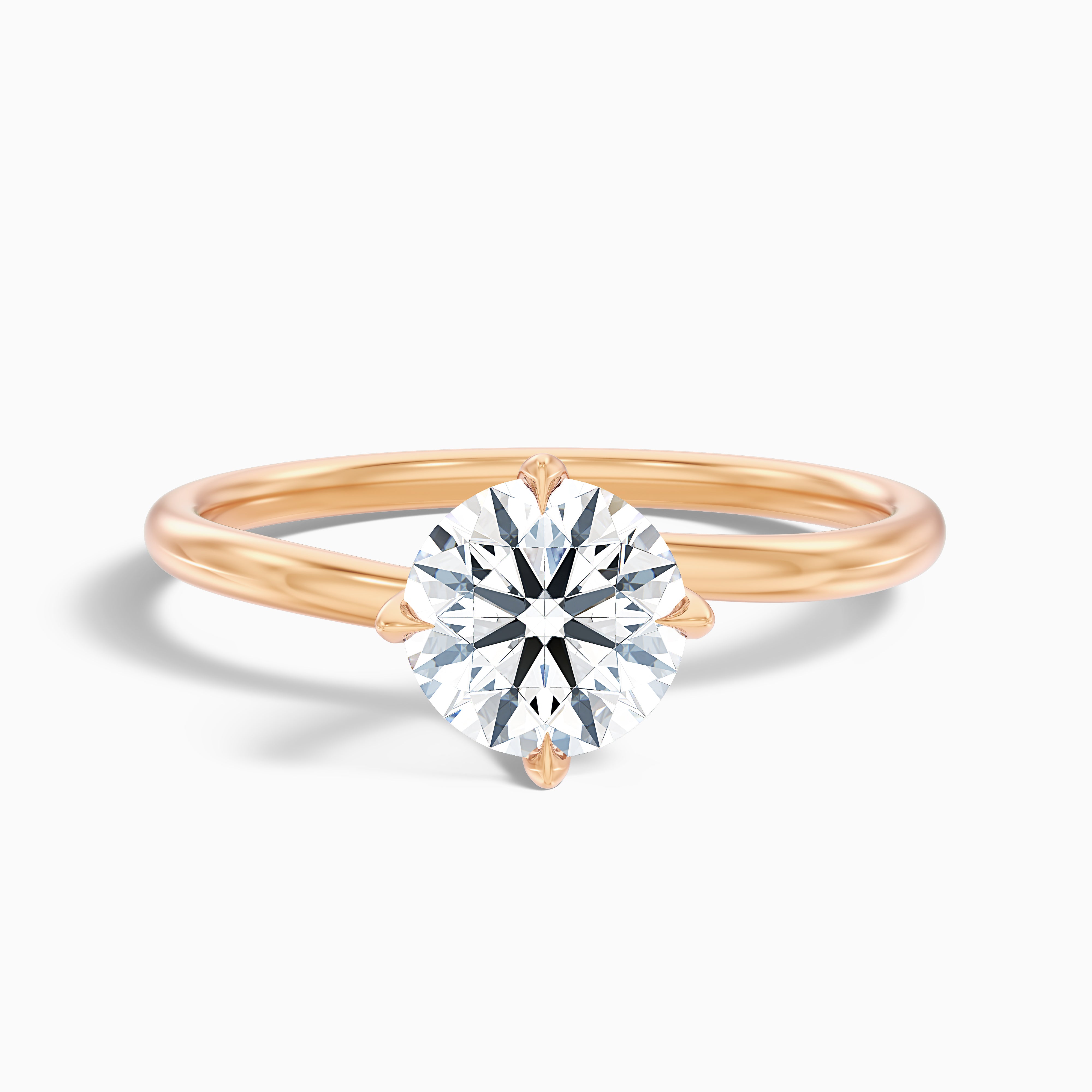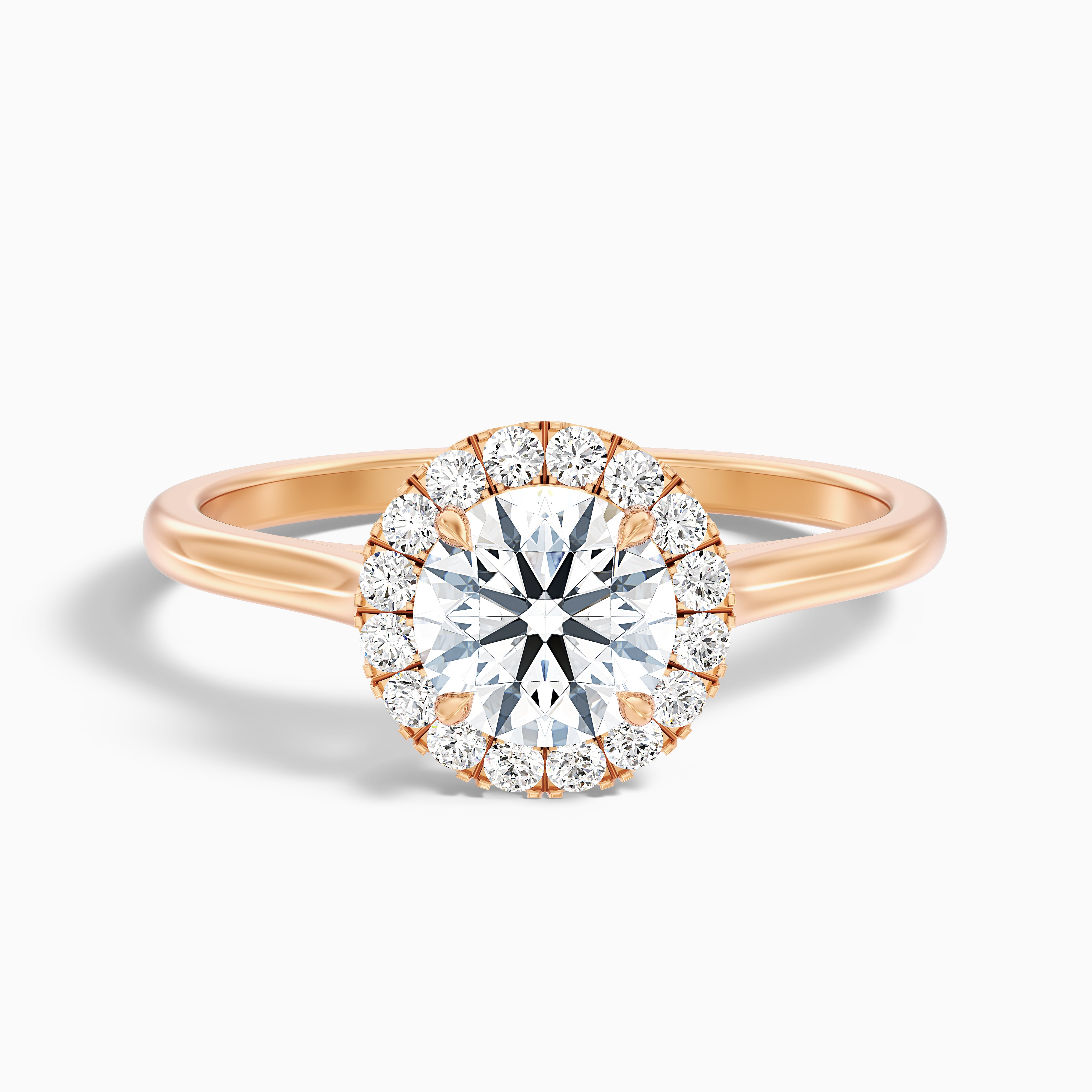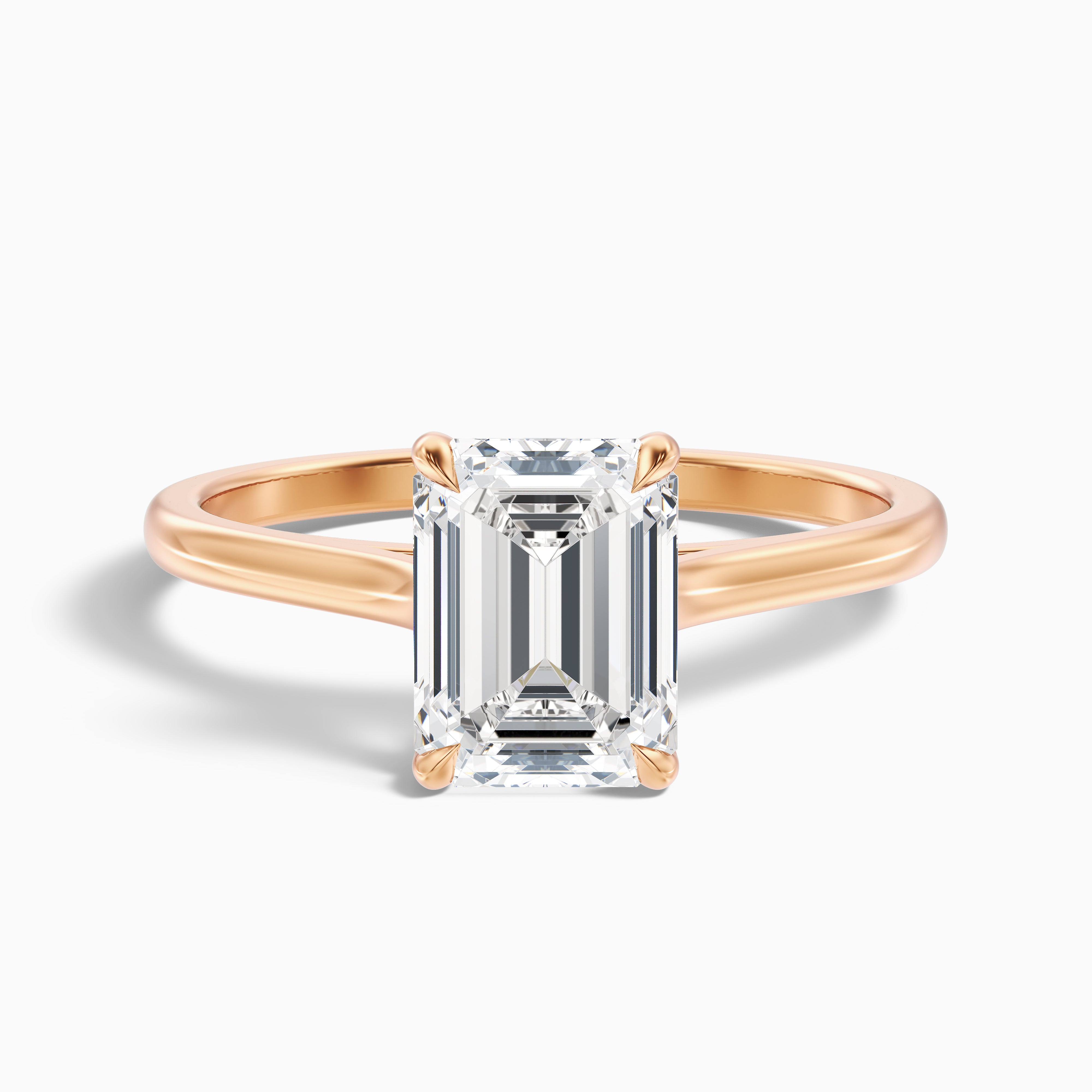Lab grown diamonds are changing the way we think about luxury and sustainability. Did you know that lab grown diamonds are expected to make up over 10% of the global diamond market in the coming years? That’s because these diamonds offer not only beauty but also ethical and environmental benefits.
This guide is here to help you understand the two main methods of creating lab grown diamonds HPHT and CVD so you can make an informed choice when buying a diamond. Whether you’re shopping for an engagement ring, a special gift, or a personal treat, this breakdown will bring some sparkle to your decision-making.
What Are Lab Grown Diamonds?
In the simplest terms, lab grown diamonds are diamonds that are created in a laboratory setting, rather than being mined from the earth. But here's the crucial part: they are chemically, physically, and optically identical to natural diamonds. We're not talking about cubic zirconia or moissanite here – those are diamond simulants, meaning they look like diamonds but have different chemical compositions. Lab grown diamonds, on the other hand, are pure carbon diamonds, just like their mined counterparts.
Think of it like this: you can grow a tomato in your garden or a greenhouse. Both are still tomatoes, with the same DNA, taste, and nutritional value. The only difference is where they grew up. Similarly, lab grown diamonds are created using advanced technological processes that replicate the natural conditions under which diamonds form deep within the earth.
Why Choose a Lab Grown Diamond?
Now that we've established that lab grown diamonds are "real" diamonds, let's touch on some of the reasons why they're becoming increasingly popular:
- Ethical Considerations: Lab grown diamonds offer a conflict-free alternative to mined diamonds, ensuring that your purchase isn't inadvertently funding unethical mining practices.
- Environmental Benefits: The lab grown diamond creation process generally has a smaller environmental footprint compared to traditional mining, which can be disruptive to ecosystems.
- Cost Savings: Typically, lab grown diamonds are more affordable than mined diamonds of comparable size and quality, allowing you to get a larger or higher-quality stone for your budget.
The HPHT Method: Recreating Earth’s Pressure
Let's take a quick trip back in time. The idea of creating diamonds in a lab has been around for a while, with early attempts dating back to the late 19th century. However, it wasn't until the mid-20th century that scientists, through tireless experimentation and research, were able to successfully replicate the extreme conditions needed to grow diamonds. This breakthrough paved the way for the HPHT method we know today.
Recreating the Earth's Depths
So, how does HPHT work? Well, it's all about mimicking Mother Nature. Deep within the Earth's mantle, diamonds form under immense pressure and scorching temperatures. The HPHT method essentially recreates these conditions in a controlled laboratory environment.
Here's a breakdown of the process:
Step: 1) The Setup: A small diamond "seed" is placed in a growth cell, surrounded by carbon material. This cell is then placed inside a sophisticated piece of equipment capable of generating incredibly high pressure and temperature.
Step: 2) Pressure and Heat: The equipment applies pressure of around 5-6 GPa (that's about 725,000 - 870,000 pounds per square inch!) and temperatures of 1300-1600 degrees Celsius (2372-2912 degrees Fahrenheit). These extreme conditions are similar to those found in the Earth's mantle where natural diamonds form.
Step: 3) The Growth Process: Under these conditions, the carbon material dissolves and starts to precipitate onto the diamond seed. Atom by atom, the diamond seed grows, gradually forming a larger diamond crystal.
Step: 4) Cooling and Extraction: After some time, the equipment is carefully cooled down, and the newly formed diamond crystal is extracted.
The CVD Method: Building Diamonds Atom by Atom
So, you're diving into the world of lab grown diamonds and have stumbled upon HPHT and CVD. These are the two main methods for creating these gems, and while they both result in stunning diamonds, they have some key differences. Let's break it down in a way that's easy to understand.
| Feature | HPHT | CVD |
|---|---|---|
| Growth Environment | High Pressure (5-6 GPa), High Temperature (1300-1600 °C) | Low Pressure, High Temperature (700-1300 °C) |
| Creation Process | 1. Diamond seed placed in a growth cell with carbon material and a metal catalyst. 2. Cell subjected to extreme pressure and temperature, mimicking natural diamond formation. 3. Carbon dissolves and crystallizes on the seed. | 1. Diamond seed placed in a vacuum chamber. 2. Carbon-rich gases (methane) are introduced. 3. Microwaves break down the gases, allowing carbon atoms to deposit on the seed, layer by layer. |
| Diamond Quality | May contain trace metal inclusions. Typically Type Ib diamonds (nitrogen present). | Fewer inclusions generally. Typically Type IIa diamonds (very little to no nitrogen). |
| Color and Clarity | Can produce a range of colors; color treatment is common. | Often results in colorless diamonds; can also be treated for color. |
| Visual Characteristics | Growth patterns can be more irregular, like natural diamonds. | Growth patterns are typically more uniform. |
| Size and Availability | Generally better for smaller stones. | Can produce larger stones more readily. |
| Cost | Can be slightly more expensive for smaller stones due to the energy-intensive process. | Generally more cost-effective, especially for larger stones. |
HPHT is like a pressure cooker for diamonds. A diamond seed is placed in a carbon-rich environment with a metal catalyst and then subjected to extreme conditions until a diamond forms. CVD is more like a delicate layering process. Carbon gases are broken down, and the carbon atoms slowly build up on the seed, creating a diamond layer by layer.
Diamond Quality
Here's where some myths pop up. Both methods produce "real" diamonds with the same chemical and physical properties. However, HPHT diamonds often have trace amounts of metal from the process, while CVD diamonds tend to have fewer inclusions and are often Type IIa, a type rare in nature.
Color and Clarity
CVD diamonds often come out colorless, but both CVD and HPHT diamonds can be treated to enhance or change their color. Clarity also varies in both, though CVD tends to have the upper hand here.
Visual Characteristics
To the naked eye, it's nearly impossible to tell the difference. Experts might spot subtle differences in growth patterns, but that's about it.
Size and Availability
CVD is becoming the go-to for larger stones, while HPHT has traditionally been more common for smaller diamonds.
Cost
Generally, CVD offers a more budget-friendly option, especially as the size of the diamond increases.
In the end, both HPHT and CVD produce beautiful, authentic diamonds. The "better" choice depends on your priorities – whether it's size, color, budget, or specific quality preferences.
Conclusion
In conclusion, both HPHT and CVD methods successfully produce stunning lab grown diamonds that are chemically and optically identical to mined diamonds. While there are subtle differences in their growth processes and resulting characteristics, both offer exceptional quality and value.
The choice between HPHT and CVD ultimately comes down to preference and priorities. Whether you prioritize a diamond with potentially fewer inclusions (HPHT) or one that may offer better color (CVD), you can be confident that you are investing in a beautiful and ethical gemstone.
As technology advances, these differences may become even less pronounced, further solidifying the place of lab grown diamonds in the future of the jewelry industry.





